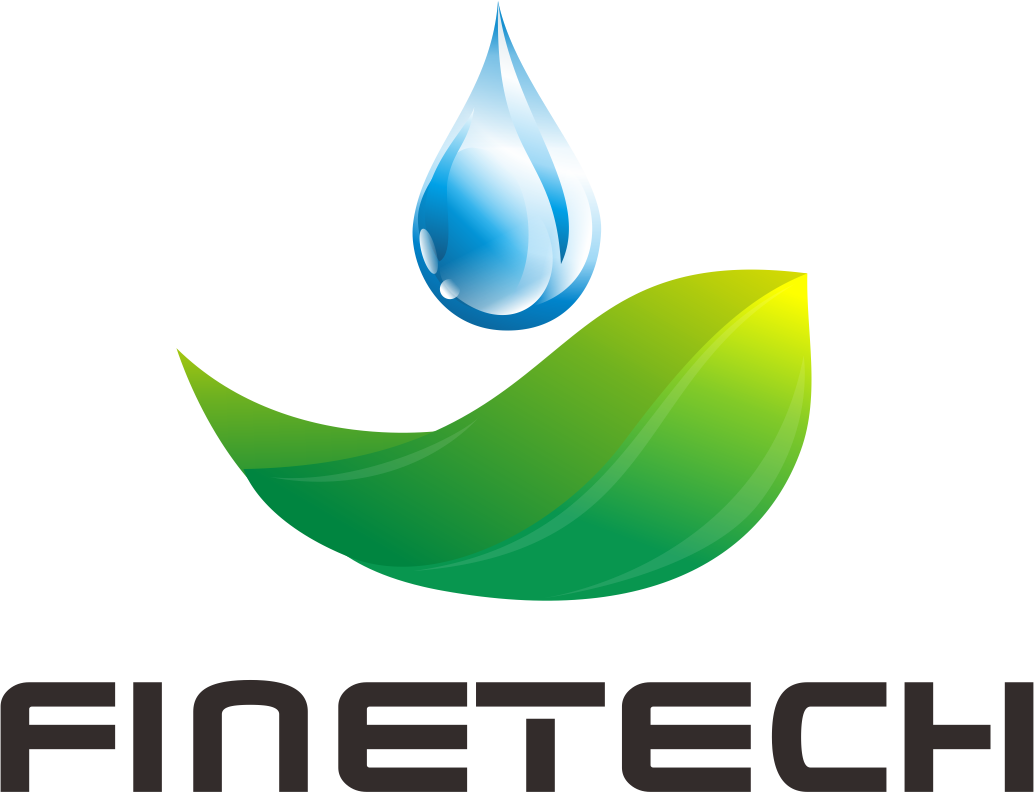Ascorbic acid is everywhere in the food industry, but do you know how to navigate its regulations and safety concerns? Let’s cut through the confusion.
Ascorbic acid (vitamin C) is generally recognized as safe (GRAS) but faces strict regulations on sourcing, labeling, and usage limits. Professionals must verify halal certification, differentiate natural/synthetic forms, and monitor interactions with other ingredients to ensure compliance.
Whether you’re sourcing additives or formulating products, understanding these rules can save you from costly recalls or rejected shipments. Let’s break down the critical questions.
Is Ascorbic Acid Halal or Haram?
Imagine losing a major Middle Eastern contract because of overlooked certification. Halal compliance isn’t optional—it’s a dealbreaker.
Most synthetic ascorbic acid is halal if produced without alcohol or animal derivatives. Natural forms from plants are always halal, but manufacturers must provide third-party certification to meet Islamic dietary laws.

Key Factors in Halal Compliance
-
Sourcing:
- Plant-based (citrus, berries) = automatically halal
- Synthetic = requires verification of fermentation agents (e.g., glucose vs. alcohol-based substrates)
-
Production: Process Step Halal Risk Fermentation Use of haram enzymes/alcohol Certify microbial/fungal cultures Purification Cross-contamination Dedicated halal production lines -
Certification Bodies:
- JAKIM (Malaysia)1, MUIS (Singapore)2, and GCC Halal Center3 are gold standards for Middle Eastern markets. Always request updated certificates with batch tracking.
For B2B buyers like Victor in Saudi Arabia, working with suppliers who pre-audit halal compliance (like FINETECH) reduces delays and ensures market access.
Why Are Some Foods Fortified with Ascorbic Acid While Others Are Not?
Fortification isn’t random—it’s a calculated balance of science, cost, and regulations.
Foods prone to oxidation (juices) or nutrient loss (flour) get fortified with ascorbic acid. Others avoid it due to flavor interference, stability issues, or regional regulations limiting additives.

Decision Matrix for Fortification
| Factor | Fortify? | Don’t Fortify? |
|---|---|---|
| Shelf Life | Extends freshness | No oxidative risk |
| Nutrient Profile | Low natural vitamin C | Already rich in vitamin C |
| Cost | <$0.05/serving | >$0.10/serving |
| Regulations | Permitted (EU/US) | Banned (Japan for rice) |
Tomato paste exporters like FINETECH’s clients often add ascorbic acid to meet EU color retention standards but remove it for Middle Eastern markets with stricter additive limits.
What Are the Risks of Mega Doses of Ascorbic Acid in Products?
More isn’t always better. Overfortification can turn a health booster into a liability.
Doses above 1,000mg/day may cause kidney stones, digestive issues, or iron overload. The EU caps supplements at 250mg/serving; the US allows higher doses but mandates warning labels.

Regional Limits on Ascorbic Acid
| Region | Max Dose (Food) | Max Dose (Supplements) | Label Requirements |
|---|---|---|---|
| EU | 300mg/100g | 250mg/serving | "Excess may cause diarrhea" |
| USA | No limit | 1,000mg/serving | "Consult physician" |
| Saudi Arabia | 200mg/100g | 500mg/serving | Arabic warnings mandatory |
A 2022 recall in Germany4 proved this: a sports drink5 with 500mg/portion caused widespread consumer complaints, costing the supplier €2M in lost inventory.
How Do Regulations Differ for Natural vs. Synthetic Ascorbic Acid?
The “natural” label doesn’t guarantee regulatory free passes—in some regions, it complicates compliance.
Natural ascorbic acid faces fewer restrictions in organic products but requires allergen labeling. Synthetic versions need GRAS status proof and purity testing.

Compliance Checklist by Type
Natural Ascorbic Acid:
- Organic certification (USDA, EU Organic)
- Allergen declaration (if extracted from corn/soy)
- Non-GMO verification (for EU buyers)
Synthetic Ascorbic Acid:
- USP/FCC grade certification
- Residual solvent testing (e.g., methanol <50ppm)
- Halal/kosher documentation
FINETECH’s EU clients pay 15% more for corn-derived natural vitamin C with TÜV-certified non-GMO status, while synthetic remains preferred in cost-sensitive markets.
Can Ascorbic Acid Interact Negatively with Other Ingredients (e.g., Calcium)?
Mixing ascorbic acid with common additives can backfire—here’s how to avoid formulation disasters.
Ascorbic acid boosts iron absorption but degrades antibiotics and reacts with calcium to form insoluble crystals. Always test pH stability and solubility in premixes.

Compatibility Guide for Common Pairings
| Ingredient | Effect | Solution |
|---|---|---|
| Calcium | Forms calcium ascorbate (gritty) | Use coated calcium or add last |
| Sodium benzoate | Creates benzene (carcinogen) | Avoid combining; use potassium sorbate |
| Iron sulfate | Enhances absorption | Reduce iron dose by 30% |
A 2023 lawsuit in California highlighted this: a vitamin C+calcium chewable tablet6 caused tooth enamel damage due to uncoated ingredients. The supplier lost $1.2M in settlements.
Conclusion
Master ascorbic acid’s halal status, fortification logic, dose limits, sourcing rules, and interaction risks to ensure compliant, market-ready products—every time.
-
Explore this link to understand JAKIM's significance in halal certification and its impact on the market. ↩
-
Discover how MUIS ensures halal compliance in Singapore and its importance in the halal industry. ↩
-
Learn about the GCC Halal Center's role in halal certification and its influence in the Middle Eastern markets. ↩
-
This link will shed light on the legal and procedural aspects of product recalls in Germany, essential for businesses operating in the region. ↩
-
Exploring this link will provide insights into the nutritional aspects and potential risks associated with sports drinks, helping consumers make informed choices. ↩
-
Understanding the impact of these supplements on dental health can help consumers make informed choices about their oral care. ↩


